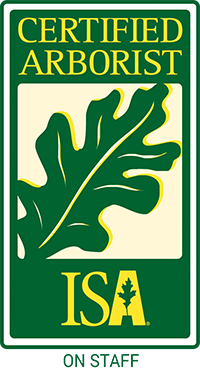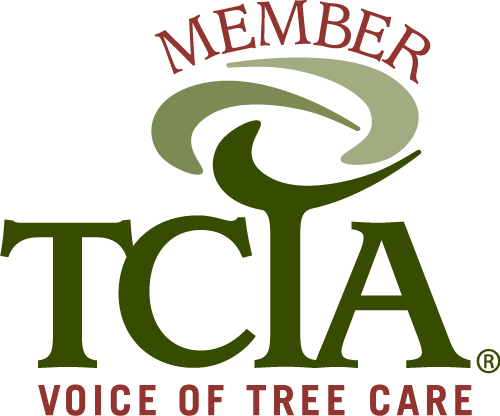Tree Care Resources
TO HELP KEEP YOUR TREES HEALTHY
Request a Free Quote
Give us a call at 440-564-1374 or click below to set up a time for us to inspect your trees for a free estimate.

How late-season snow or frosts impact your landscape
Some years, winter seems to last forever, with snowfalls and freezing temperatures lasting into April or even May.
These weather changes can have long-lasting impacts on your trees, shrubs, plants, and landscape overall. Below, we answer some of your most frequently asked questions about how later snows and frost can impact your yard.
Late snow and frost can impact your trees and shrubs in a variety of ways.
- Late snow (in March, April, or May) tends to be heavier, which can break branches and cause structural damage to trees and shrubs.
- If trees have already begun to grow spring buds, frost and snow can harm them. This can delay the growth of leaves and flowers, and even kill them entirely.
- Some trees and shrubs may suffer from frost damage.
- Trees and shrubs, especially those that already have leaves, can be toppled by the weight of spring snow or ice, particularly if the ground is very saturated.
- Winter weather in the spring can delay a variety of Plant Health Care (PHC) treatments. See more below.
LEARN MORE > How to help your trees recover from snow damage
Yes. Many of our pest and disease treatment plans are dependent on the temperature. In spring, treatments are often applied at “bud break,” when the trees grow new buds. Late snow and frosts can not only push our treatment timeline back, they can sometimes damage trees or shrubs if they have already started producing new buds.
LEARN MORE > Typical timing for specific pest and disease treatments
A late frost will usually mean frost damage to some of your trees, shrubs, and plants. While it usually won’t be immediately apparent, you may notice dead branch tips and a lack of leaves when the trees and shrubs begin to leaf out.
Yes. We can offer fertilization to help your trees and shrubs recover from a late blast of cold weather. Our spring fertilization program gives needed nutrients to the damaged plants, giving them a better chance of bouncing back in the late spring or summer.
Deep root fertilization treatments put essential nutrients and soil conditioners directly into the soil near the tree’s roots. This allows the tree to quickly absorb the necessary nutrients, giving it the extra energy it needs to repair damaged wood, replace lost leaves, and heal broken branches.
LEARN MORE > Why you should fertilize trees in spring
We generally recommend waiting until late spring to see which stems have been killed. A late spring cold snap can delay growth so don't assume a branch or shrub is dead until it's clear that other, similar plants have leafed out while the damaged one hasn't.
Some damaged trees may benefit from corrective pruning to remove damaged wood and restore the tree's canopy to a more natural and structurally sound shape. If a tree is too damaged, however, it may need to be removed.
Certain species of shrubs, such as forsythia, witch hazel, lilac, and honeysuckle can benefit from rejuvenation pruning. If a large portion of the shrub has been killed or severely damaged, cutting it back to just above the ground may help it bounce back.
If there was enough late snow to require the use of de-icing or salt products, be careful how you use it. These products can leach into the soil (or be sprayed on trees), leading to die-back later in the season.
If you've used salt or ice-melt, flush the area with water and/or rinse off trees to prevent the chemicals from causing damage.
LEARN MORE > How to prevent salt damage from ice melt products
Read our spring tree care tips for a variety of ways that you can improve the health of your trees in spring.
What You Need to Know
Below are both local and national resources that provide helpful information about trees and our landscape.
Local Resources
- Geauga Park District
- Ohio Department of Agriculture
- The Holden Arboretum -The Holden Arboretum is a treasure of Northeastern Ohio. With hundreds of species of trees and plants, the Holden Arboretum offers visitors a chance to learn about nature in a beautiful study. Learn more about them at their website by clicking here.
- Ohio Department of Natural Resources, especially the Department of Forestry which has resources about Ohio trees, state forests, transporting firewood, state burn regulations, and more.
- Cuyahoga Valley National Park
- Cleveland Metroparks








